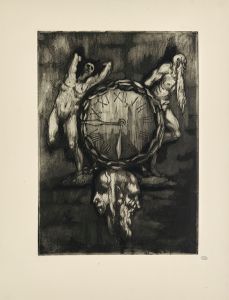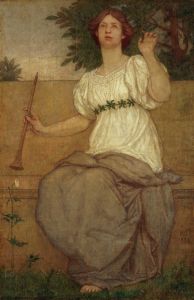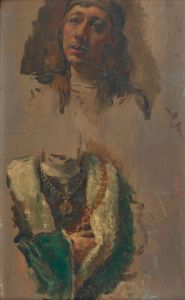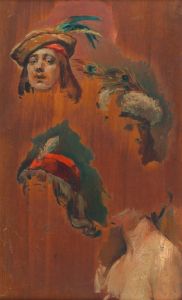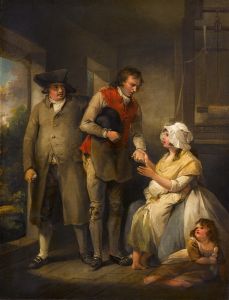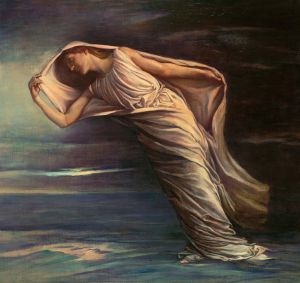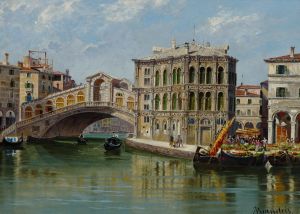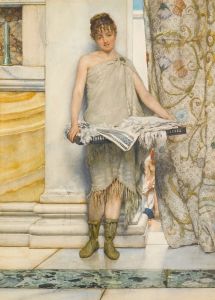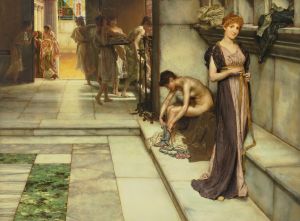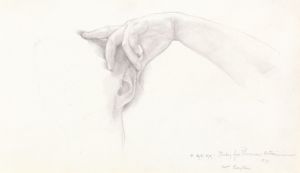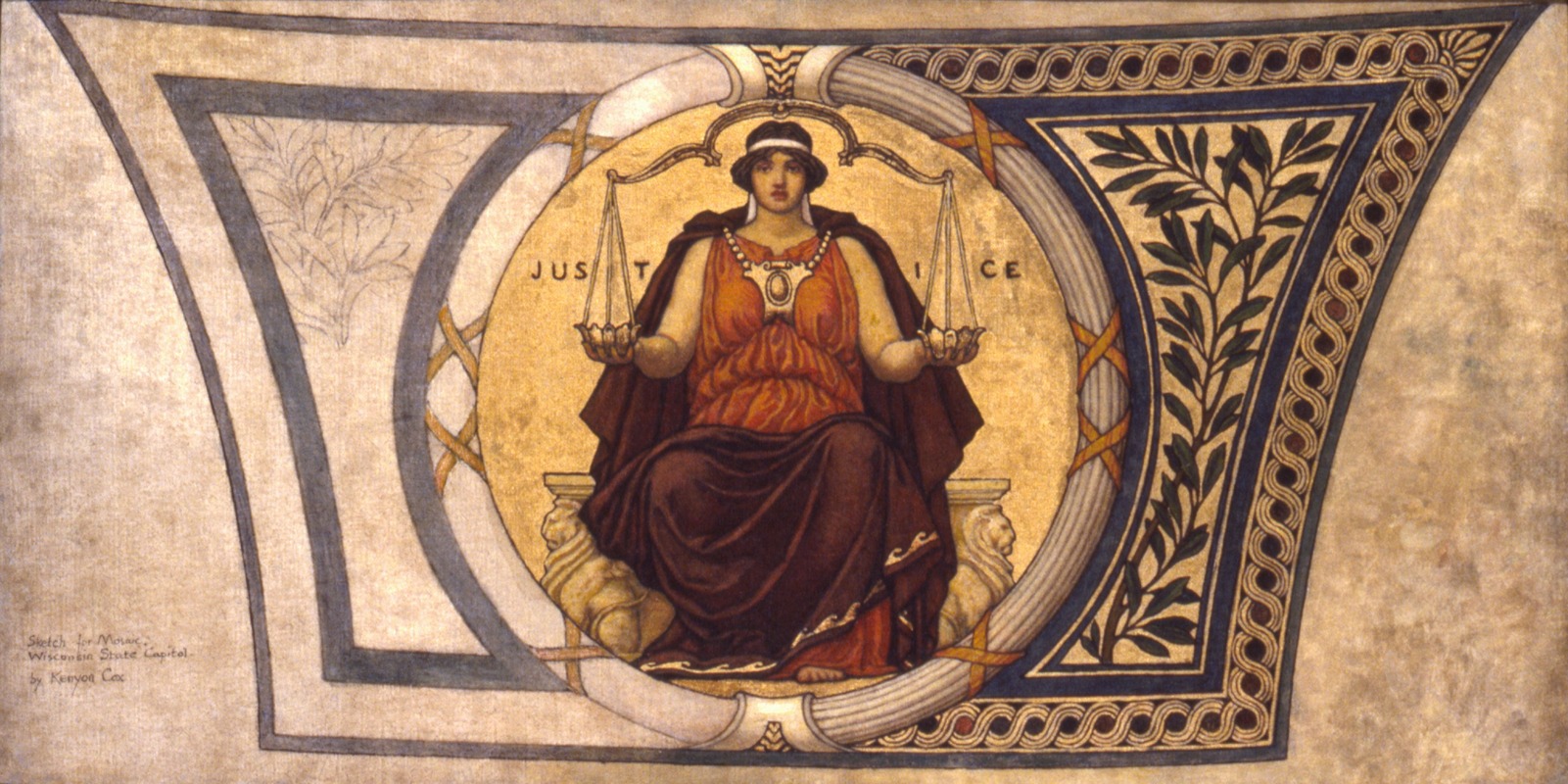
Study for Mosaic, Wisconsin State Capital, ‘Justice’
A hand-painted replica of Kenyon Cox’s masterpiece Study for Mosaic, Wisconsin State Capital, ‘Justice’, meticulously crafted by professional artists to capture the true essence of the original. Each piece is created with museum-quality canvas and rare mineral pigments, carefully painted by experienced artists with delicate brushstrokes and rich, layered colors to perfectly recreate the texture of the original artwork. Unlike machine-printed reproductions, this hand-painted version brings the painting to life, infused with the artist’s emotions and skill in every stroke. Whether for personal collection or home decoration, it instantly elevates the artistic atmosphere of any space.
Kenyon Cox was an American painter, illustrator, muralist, and writer, known for his significant contributions to the American Renaissance movement. One of his notable works is the "Study for Mosaic, Wisconsin State Capitol, ‘Justice’," which is a preparatory piece for a larger mosaic located in the Wisconsin State Capitol building in Madison, Wisconsin. This work reflects Cox's dedication to classical themes and his skill in creating allegorical representations through art.
The Wisconsin State Capitol, completed in 1917, is renowned for its architectural beauty and the extensive use of art to enhance its public spaces. The building's interior features a series of mosaics and murals that depict various allegorical and historical themes, intended to embody the ideals and values of the state. Kenyon Cox was one of several artists commissioned to contribute to this artistic endeavor.
Cox's "Study for Mosaic, Wisconsin State Capitol, ‘Justice’" is a preparatory work that showcases his process in developing the final mosaic. The study likely served as a detailed plan for the mosaic, allowing Cox to experiment with composition, color, and form before executing the final piece. The subject of Justice is a common allegorical figure in art, often depicted as a woman holding scales and a sword, symbolizing fairness and the rule of law. Cox's interpretation would have been designed to convey these themes in a manner that aligned with the aesthetic and symbolic goals of the Capitol's decoration program.
The study itself would have been executed in a medium suitable for planning a mosaic, possibly using watercolor, gouache, or another form of paint that allowed for detailed color work and adjustments. Such studies are valuable not only as artworks in their own right but also as insights into the artist's creative process and the development of public art projects during this period.
Kenyon Cox's work on the Wisconsin State Capitol is part of a broader trend in the late 19th and early 20th centuries, where American artists and architects sought to create public buildings that were both functional and beautiful, drawing on classical influences to express civic ideals. The use of mosaics and murals was a key aspect of this movement, providing a means to integrate art into the everyday experience of public spaces.
Cox's contribution to the Wisconsin State Capitol, through works like the "Study for Mosaic, ‘Justice’," exemplifies his commitment to these ideals and his skill in translating complex allegorical themes into visual form. His work remains an important part of the Capitol's artistic heritage, reflecting both the historical context of its creation and the enduring appeal of classical themes in American art.





